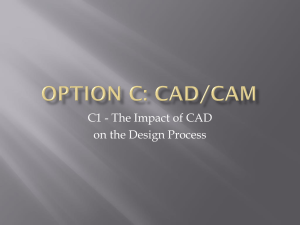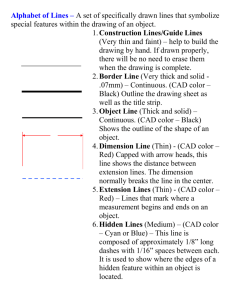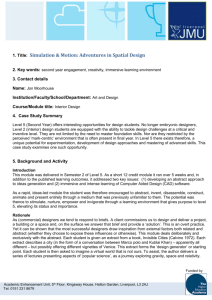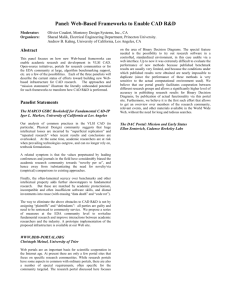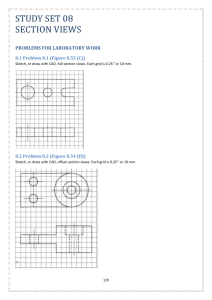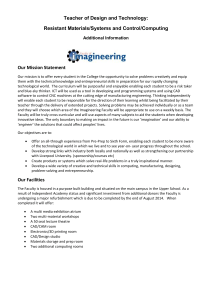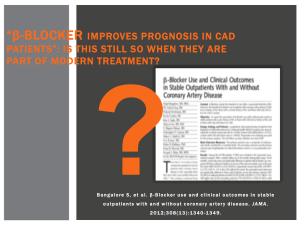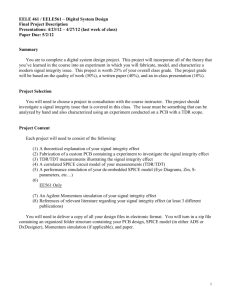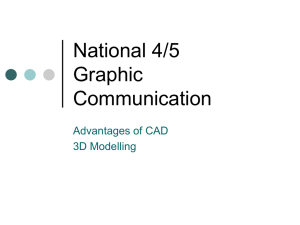File
advertisement
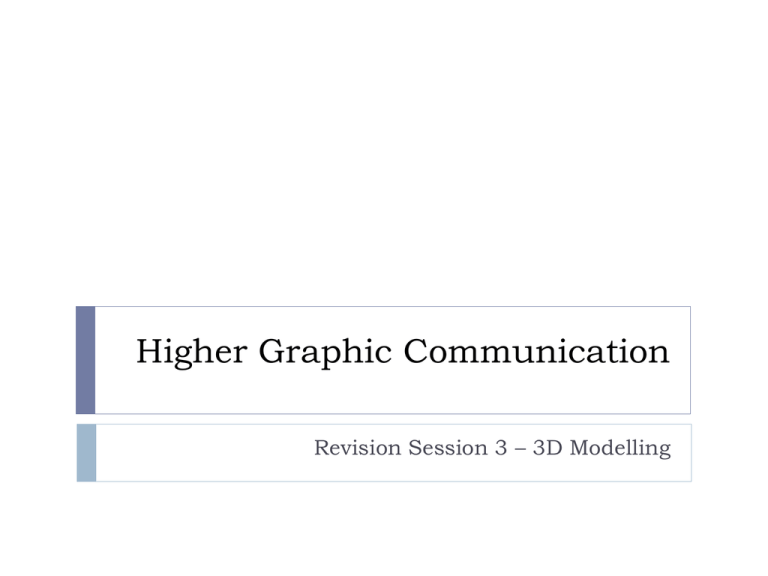
Higher Graphic Communication Revision Session 3 – 3D Modelling What do you need to know? Techniques – The names how to explain them and sketch them. Must be able to do this for a variety of different objects. Bottom Up/Top down – The difference between the 2 and when you would use them and why? Advantages/Disadvantages – Staffing, Costing, Security, Quality, Testing, Manufacturing, Animation. The Techniques Loft Sweep Extrusion Coil Revolve Loft Takes 2D shapes and morphs them together to create a 3D form. 2 work planes 2 sketches Sweep Takes a 2D profile and extrudes it along a 2D path. Problems involve intersections of the profile if it is not carefully planned and measured out. Extrusion Takes a 2D sketch and pulls it into a 3D form. Surface Sketch Extrusion goes 2 ways: Union (ADD) Subtraction (REMOVE) Intersection (ADD/REMOVE) Coil Takes a 2D shape and rotates it around an axis. You can control, the height, the number of rotations and the direction. Revolve Takes a 2D sketch and makes it into a 3D cylindrical shape. What you need… A profile A centre line An angle of degrees Shell Takes a 3D form and makes it hollow. Can remove surfaces. It can make the walls any thickness you require. Array Array makes multiple copies of a feature and then positions them in to possible ways: Rectangular Circular Arrays can be unions or subtractions. Fillet/Chamfer Fillet/chamfer change the edge of a feature. A fillet will round a corner. A chamfer will angle a corner and is generally at 45˚. What Industries use CAD? What do they use 3D CAD for? What areas of the 3P’s is produced through the use of 3D CAD? What Industries use CAD? Engineering, Designing, Architecture. What do they use 3D CAD for? Producing a 3D version of a model that will allow them to understand an object and help them to produce material for manufacturing and marketing. What areas of the 3P’s is produced through the use of 3D CAD? Production Promotional Top Down Create an initial part file within an assembly then use the geometry from it to produce the remaining parts. This method is particularly useful for designers who are in the preliminary stage of the design process. Bottom Up Place existing parts and subassemblies into an assembly file, positioning components by applying assembly constraints, such as mate and flush. If possible, place the components in the order in which they would be assembled in Can have issues manufacturing. with sizing if you have not been accurate when creating the part. 3D CAD Modelling Benefits It is a times-saving process. It is accurate. There are no rubber marks or incorrect line types. Detailing can be done with the use of zoom There is no human error when marking out. Edits can be made quickly. It can help us to produce a limitless amount of drawings from only one model. Extra features can be used to support you. Back Up and Storage can keep files safe and secure. No physical space is required for large drawings and they can be printed out if a hardcopy is required. 3D CAD Modelling How it is used… Manufacturing Testing The software can be used with CNC Machines to produce accurate physical objects. Simulation can take place on the computer to put the object through a range of tests such as temperature change, pressure applied. Animation Parts of the model can move to give it a more real-life context and provide greater understanding as to how the object works

